Before you get stuck in, how about catching up on part one?
Two weeks ago, with the help of Coventry-based car creation company Envisage Group, we set out to design a car to suit the demands and desires of car users in 2025 to 2030 – both to investigate the future of cars and to understand the sheer complexity of modern-day car creation.
Our car would be Volkswagen Golf-sized, battery powered and capable of carrying five occupants in great comfort and potentially up to seven. It would utilise all of the technological developments we and Envisage’s experts could realistically forecast for the next 15 years while also remaining fundamentally practical and affordable.

Autocar’s journalists would play the role of client, laying down the concept’s fundamentals. The designers were to be four ex-Coventry University transport design students (now graduates), who have worked at Envisage through the summer under the direction of two well-known Envisage professionals, Oliver Le Grice (design) and Bill Walsh (engineering). Two weeks ago, in the first of a three-part series, we agreed the car’s duties, its basic dimensions and broad mechanical layout, chose a basic design theme and found a name, Share P42.
Why the name? Because we reckoned ‘Share’ went straight to the heart of the car’s role – and, as a bonus, it would allow us to redesign the familiar ‘share’ computer symbol as an attractive nose badge. And ‘42’ because, in early discussions about the car’s broad remit, Envisage CEO Chris Devane prophetically remarked that the car should be dubbed ‘42’ – in honour of author Douglas Adams’ famous answer to the conundrum of “life, the universe and everything” in his immortal comic science fiction series The Hitchhiker’s Guide to the Galaxy.
MECHANICAL LAYOUT
We’re looking at an advanced frontwheel-drive electric car, as roomy as a rectangular prism inside yet sleek and advanced on the outside. To maximise the space needed for flexible seating and allow best cabin access, the P42 is being proposed with a ‘clap hands’ system of very large doors that eliminates a centre pillar. The rigidity contribution made by this normally vital member is provided instead by an innovative floor, roof and sill structure.


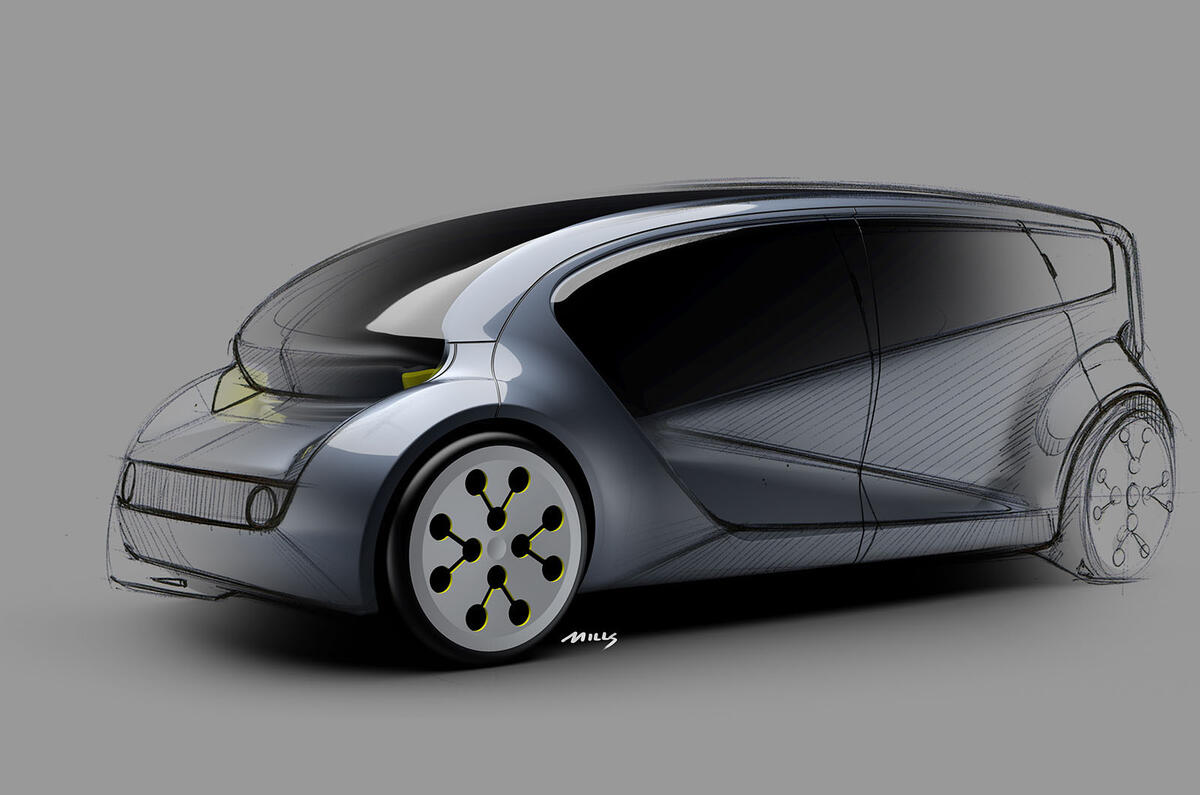
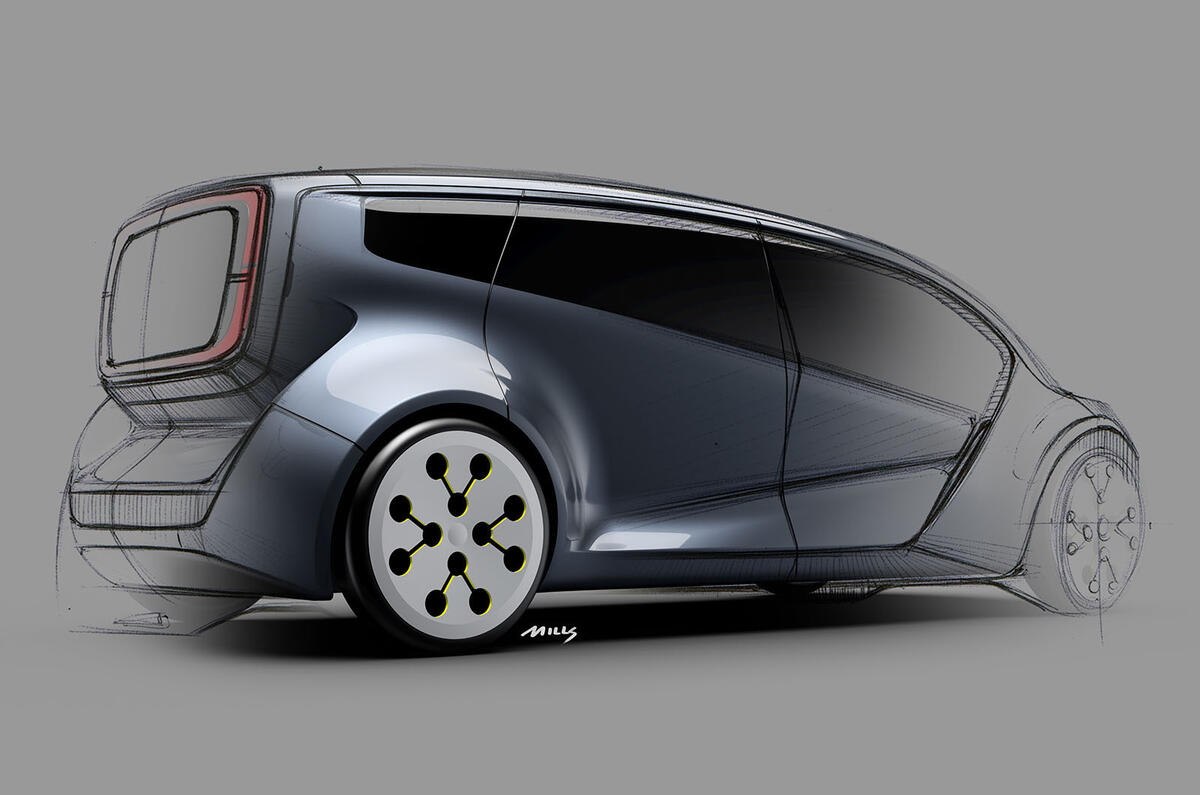

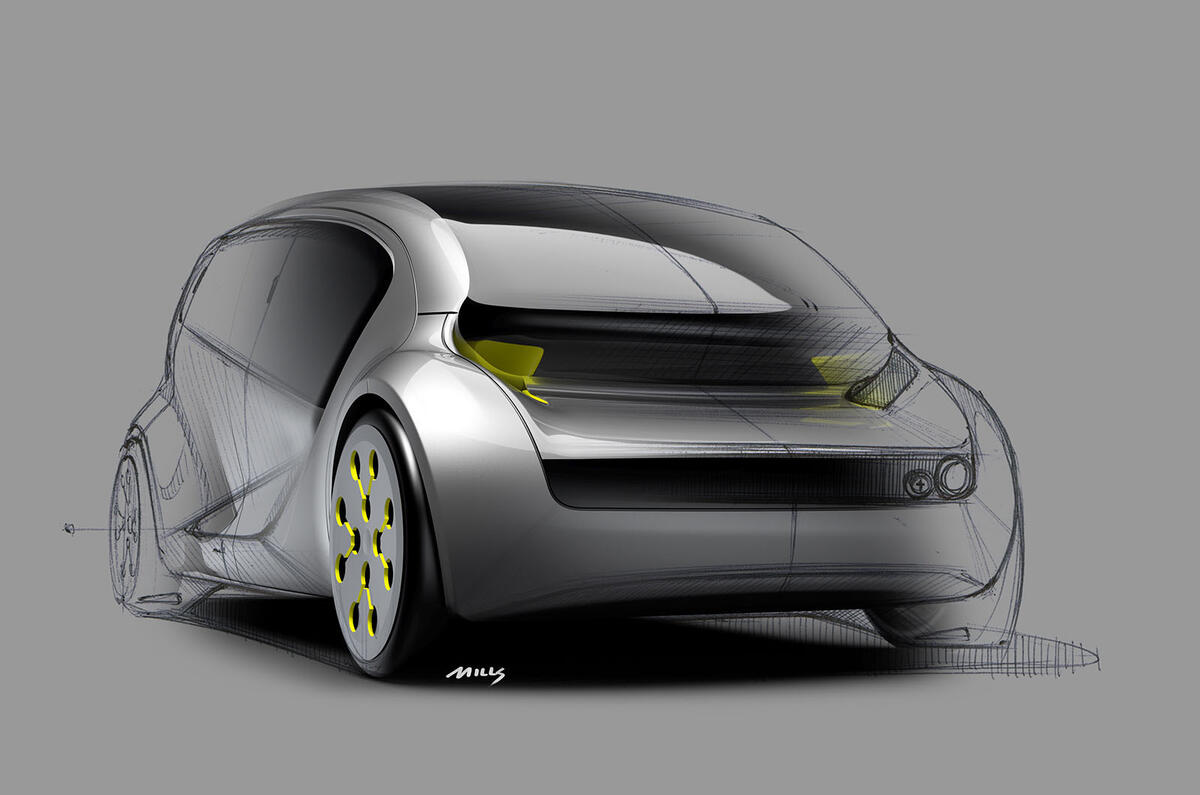

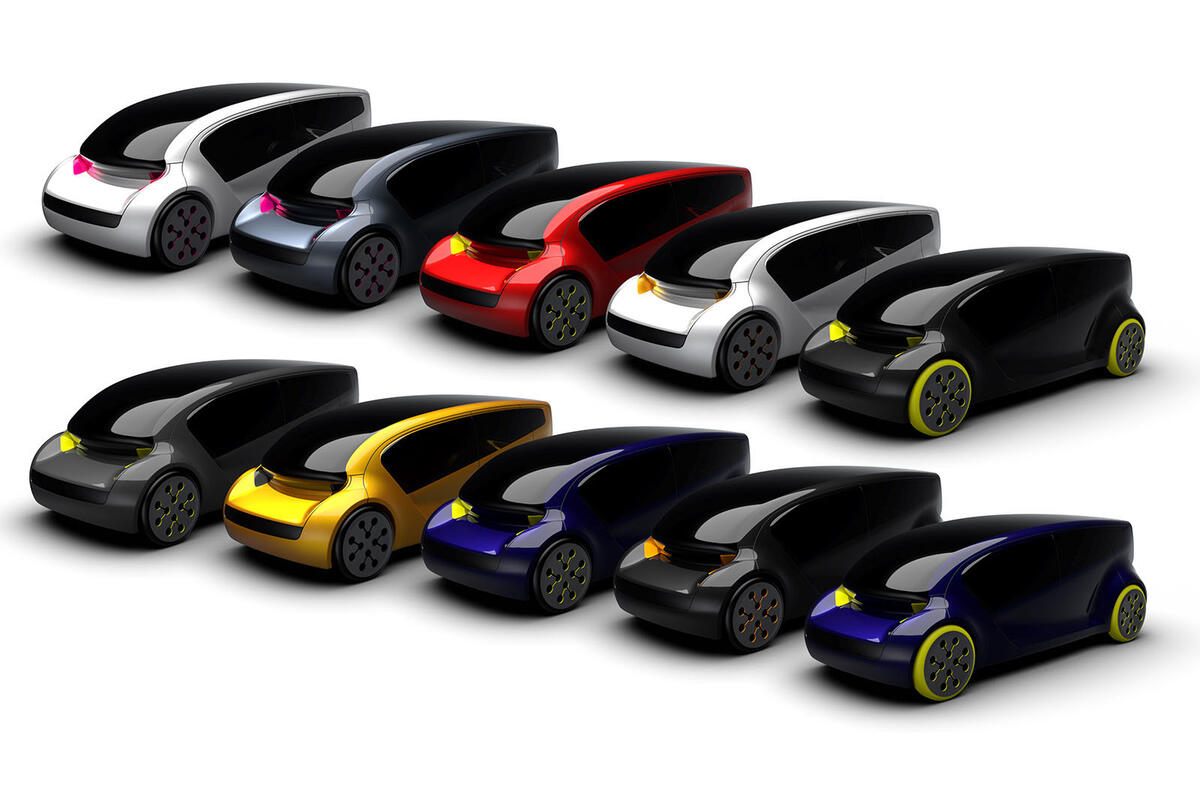
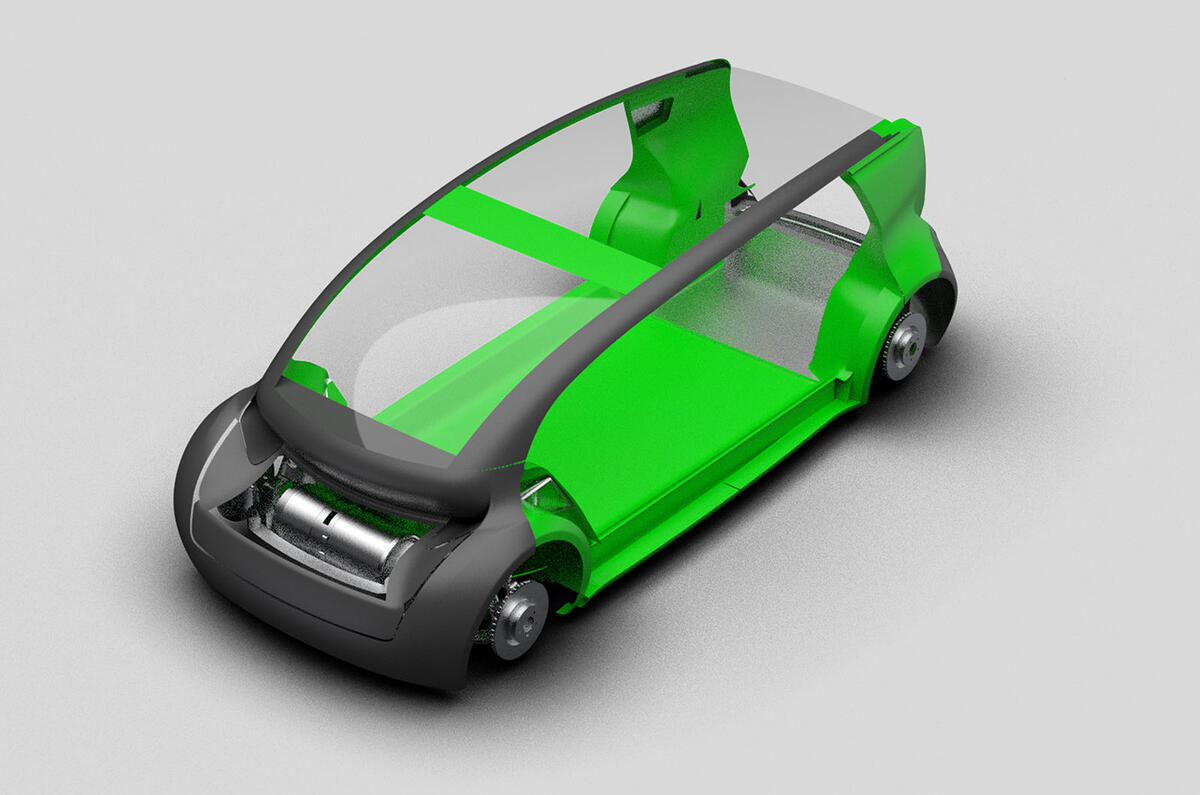


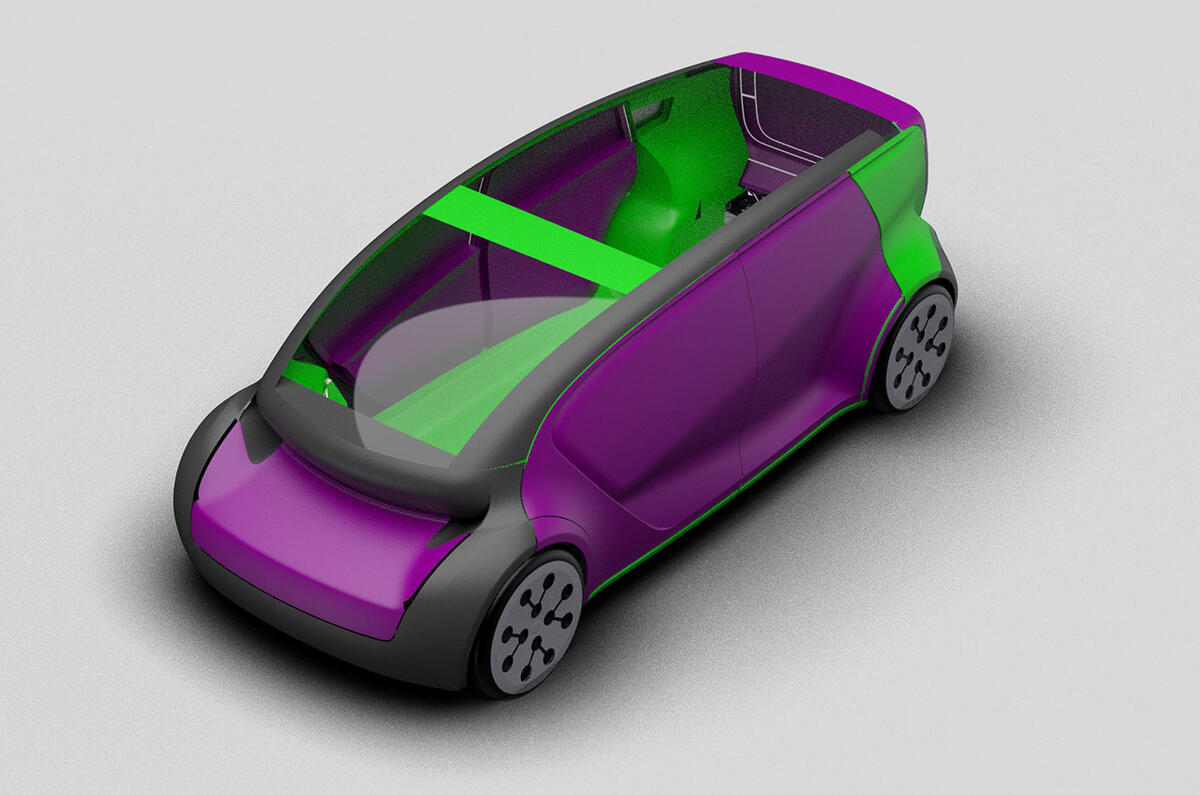

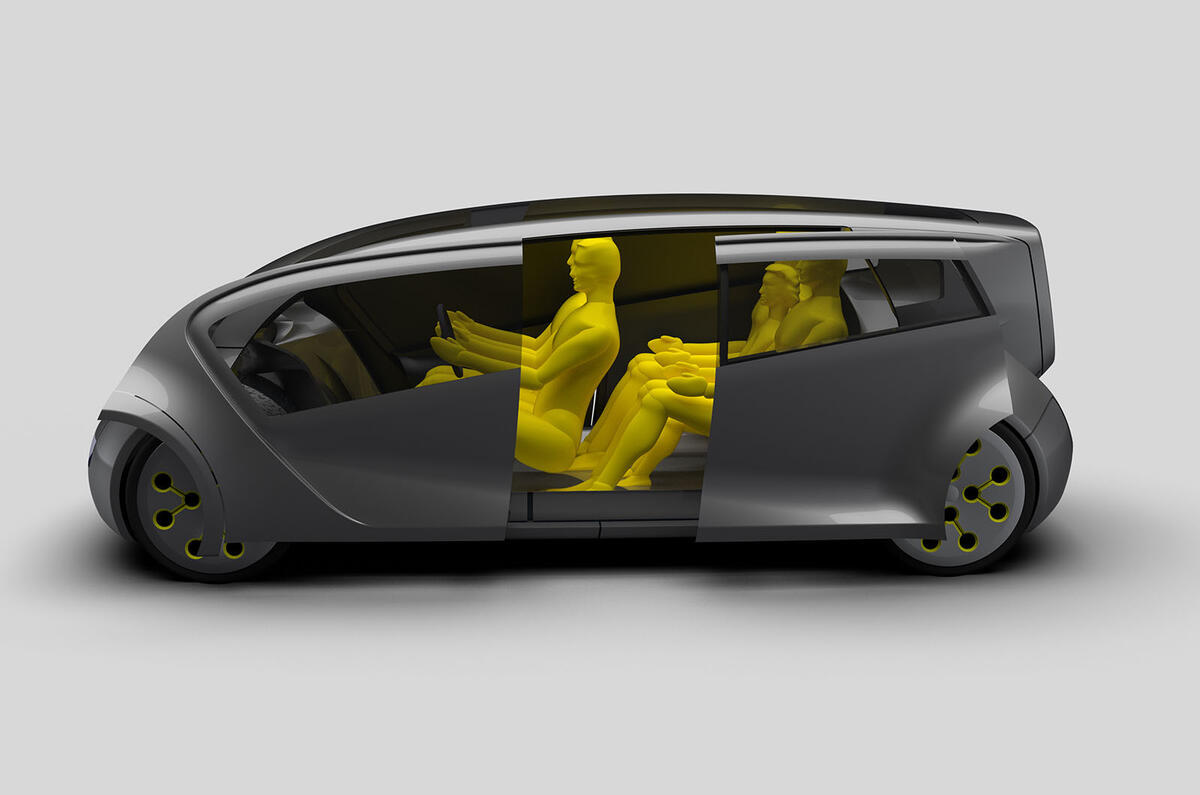
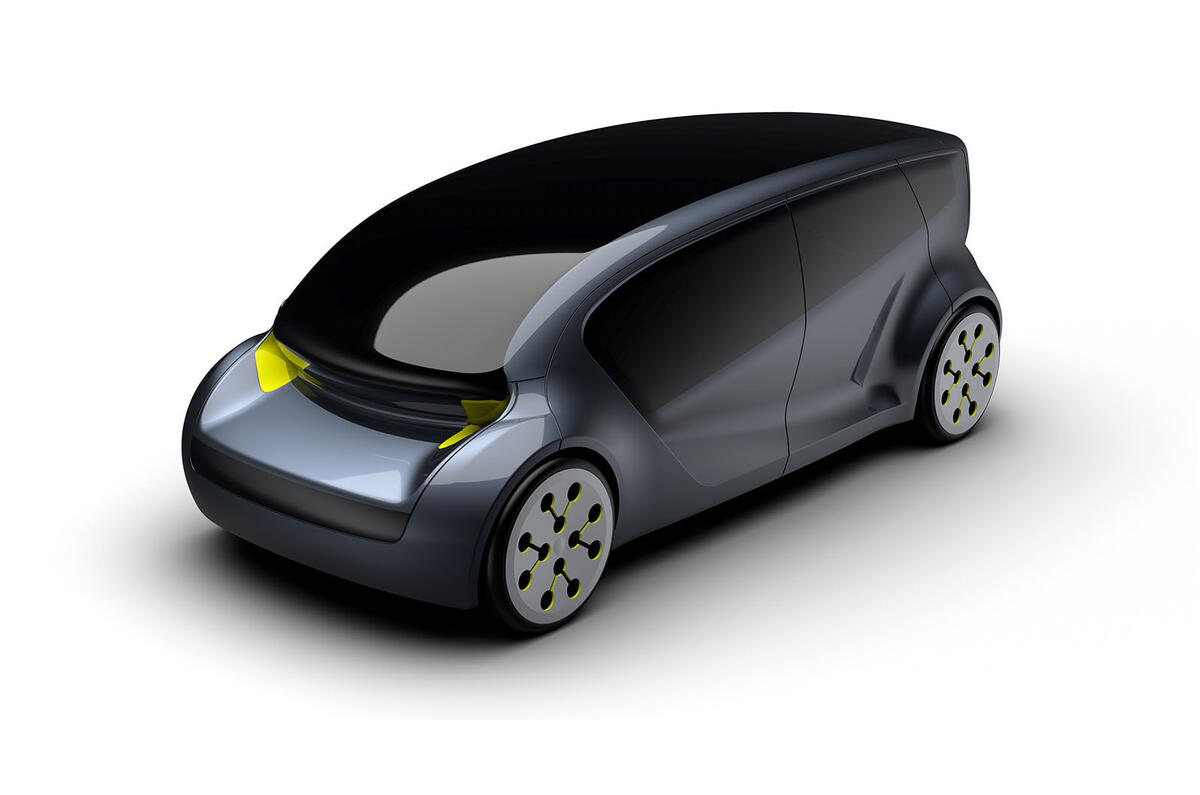
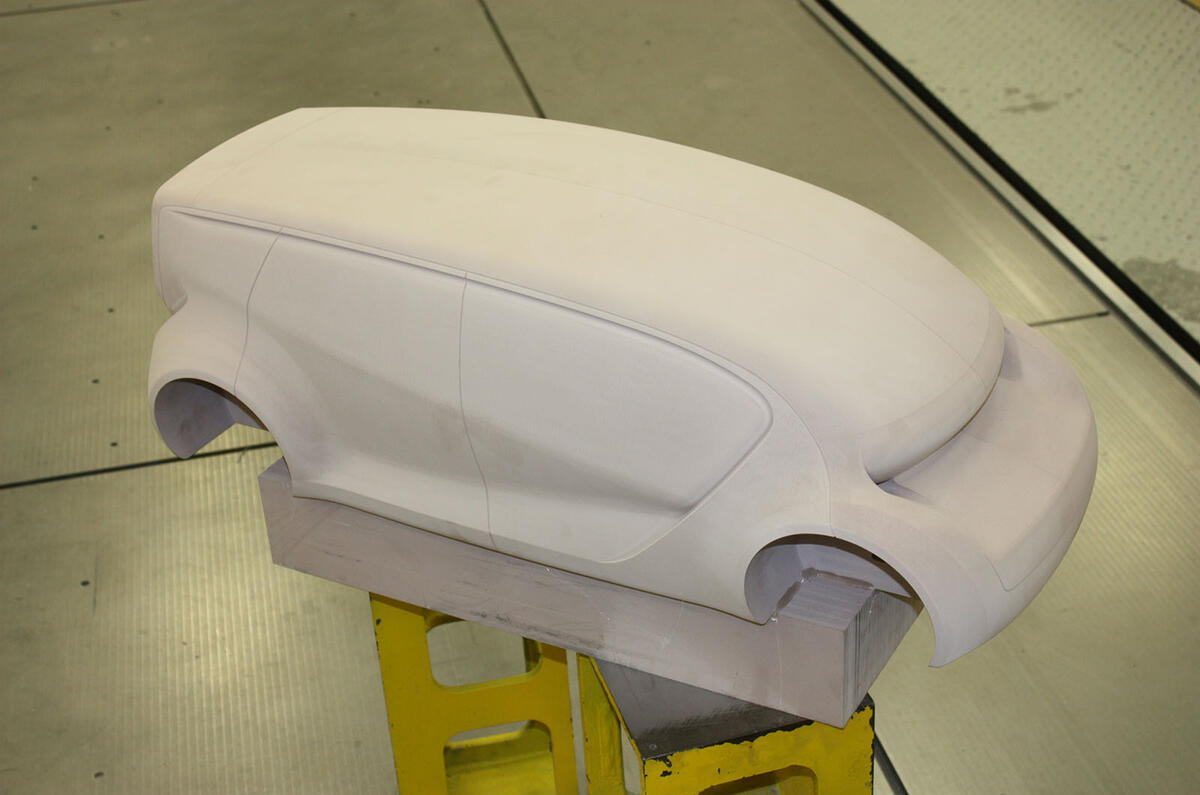
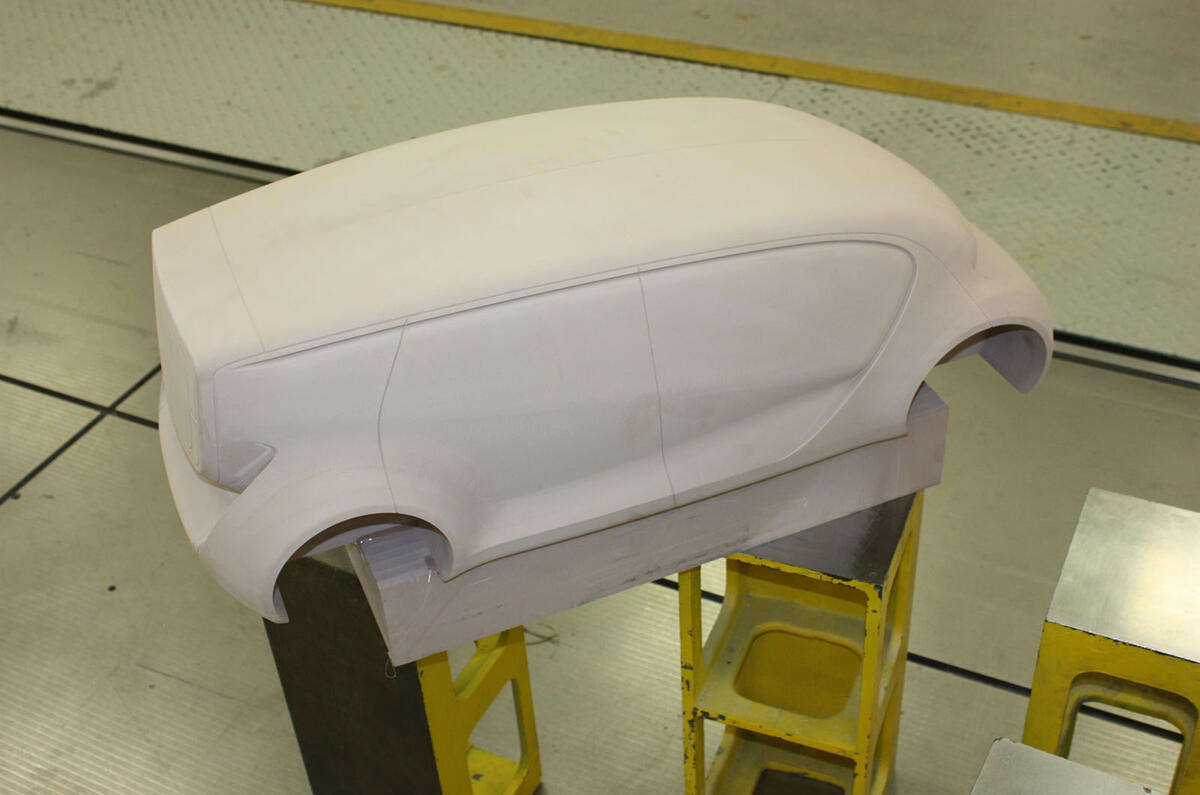





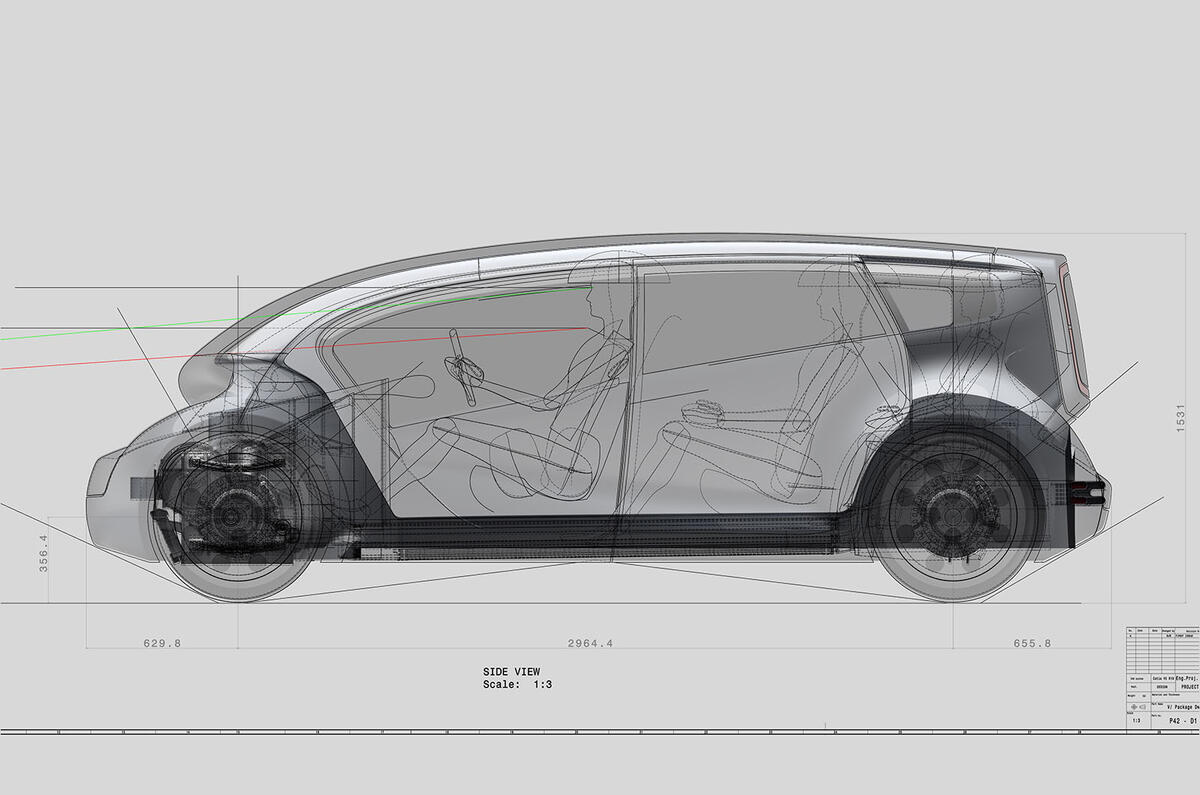


















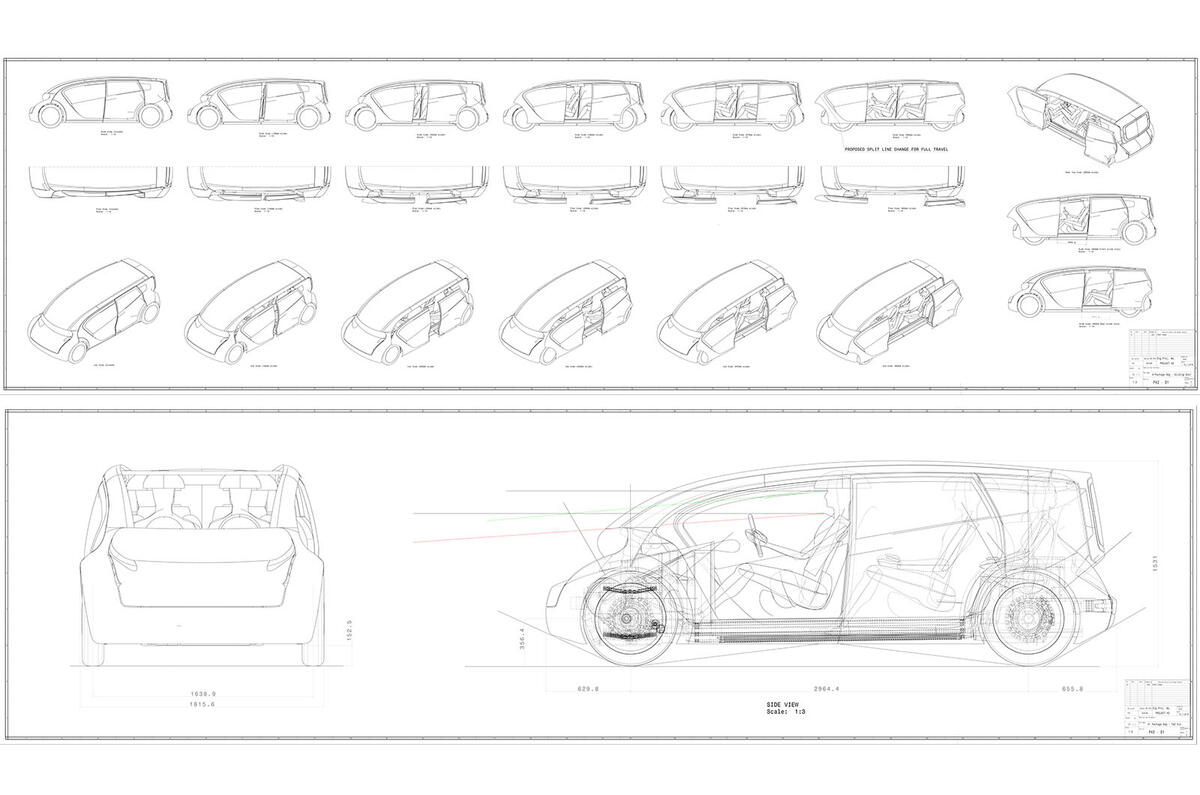
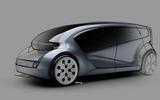

















































Join the debate
Add your comment
the future was made last year
Light source
RCA concept Andrew Dyson